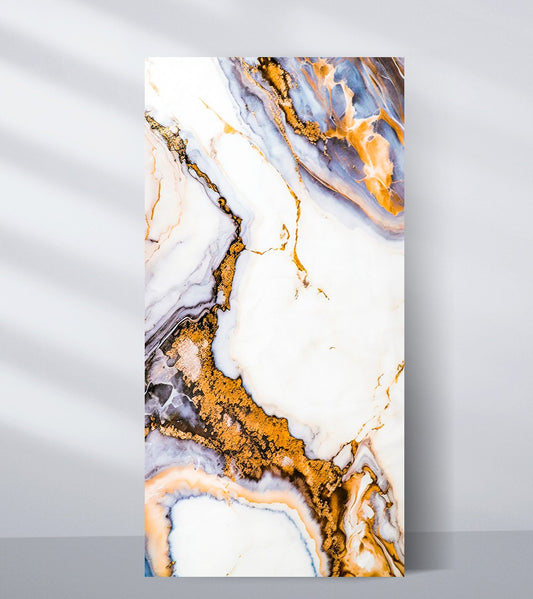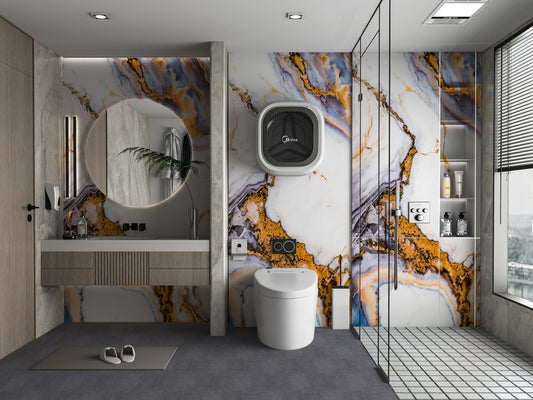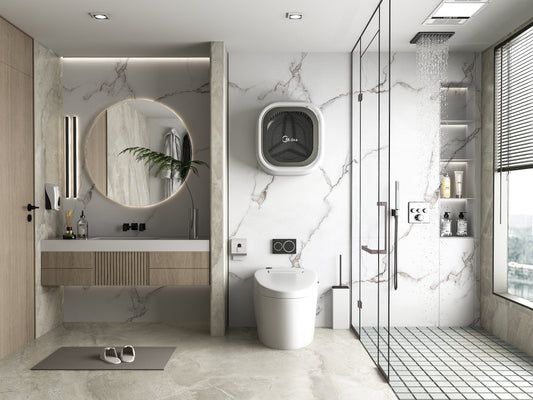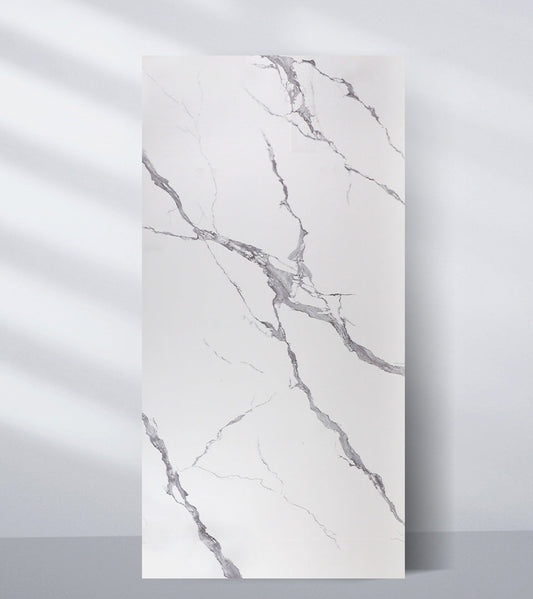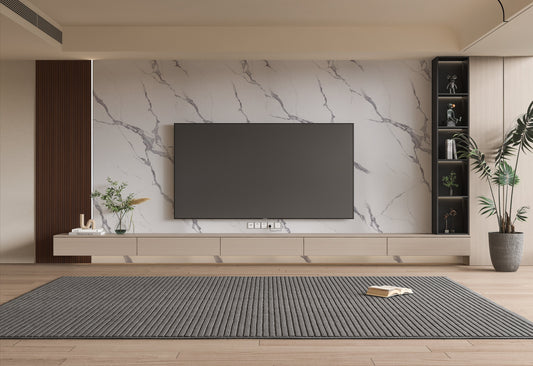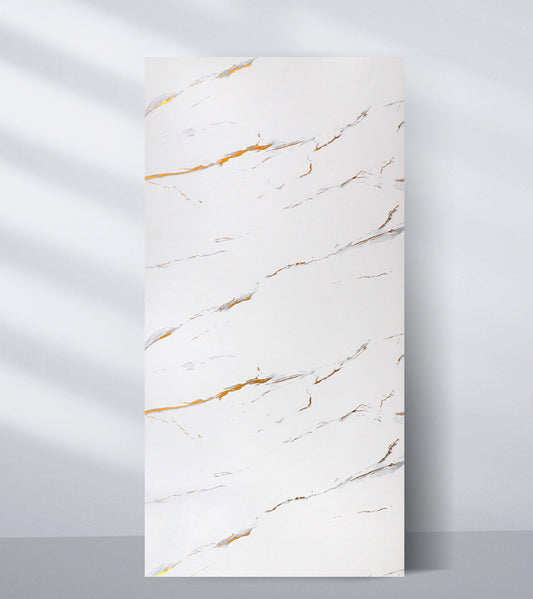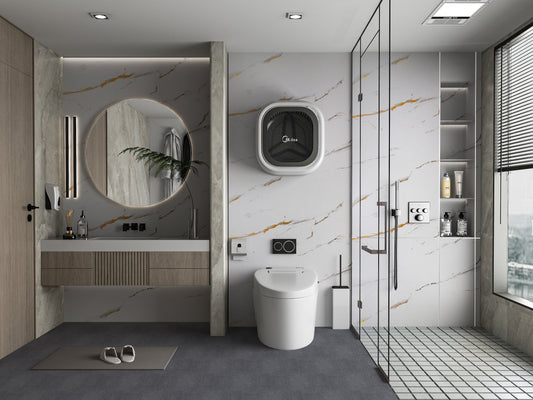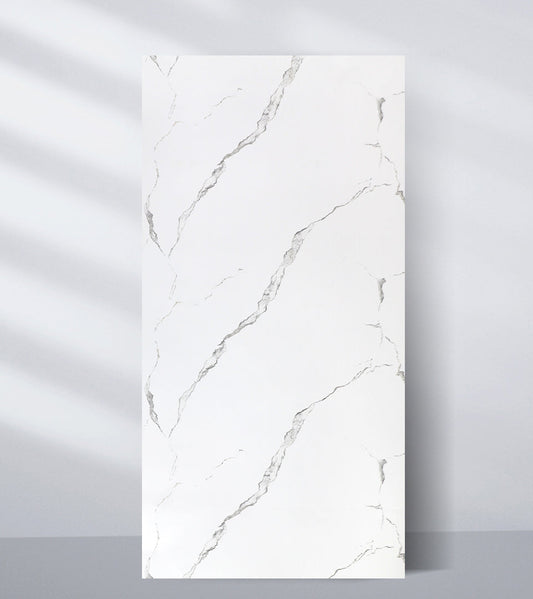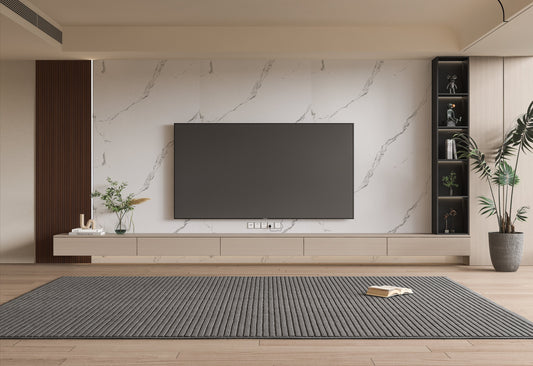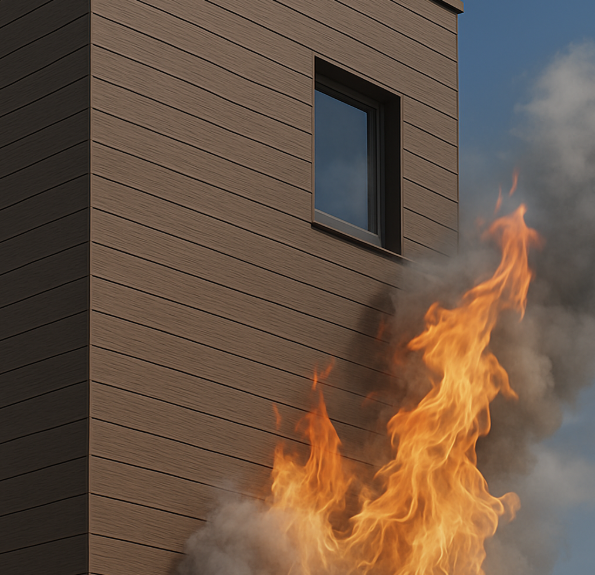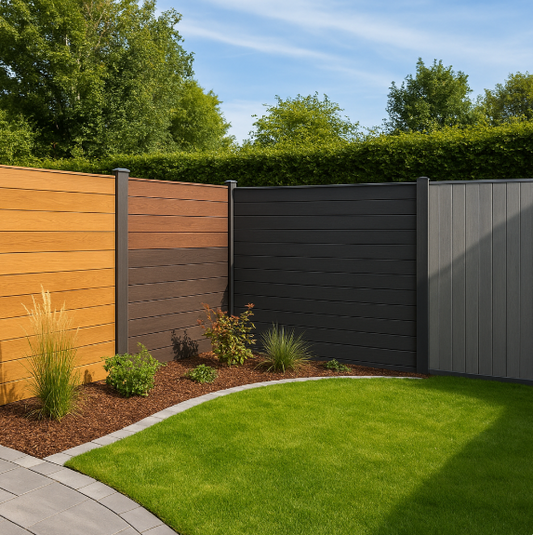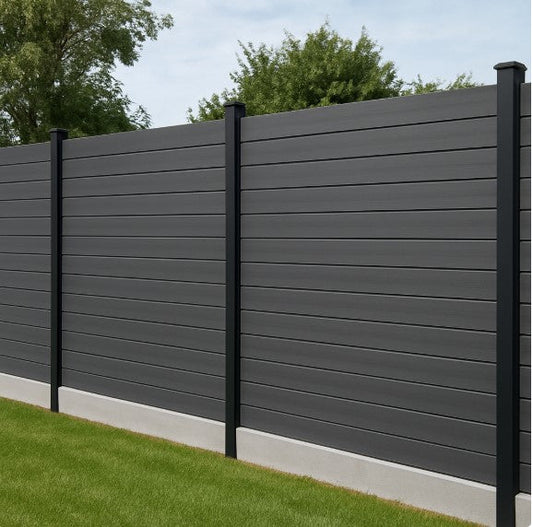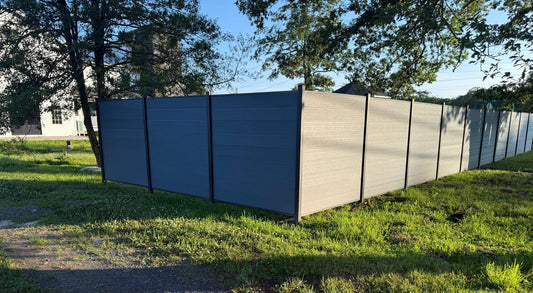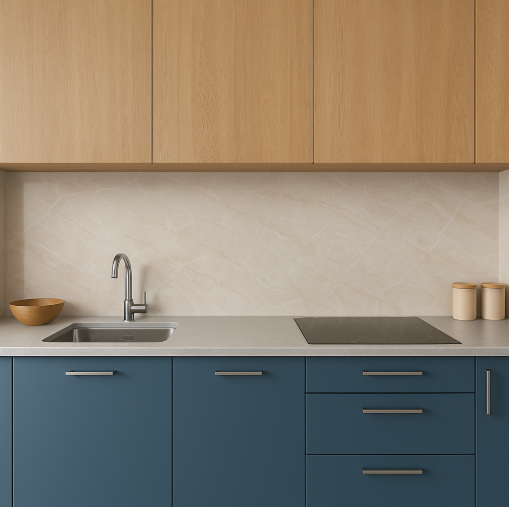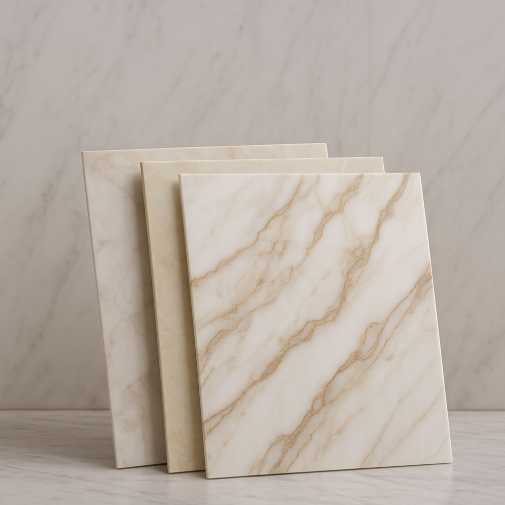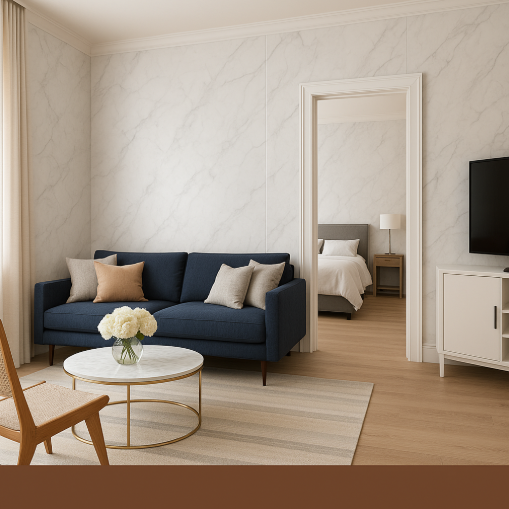In 2025, fire safety remains one of the most pressing concerns for homeowners, builders, and architects alike. As wildfires and urban fire incidents become increasingly frequent across various regions, the demand for fire-resistant cladding solutions has skyrocketed. This has raised a critical question for many: How safe is composite cladding when it comes to fire protection?
Composite cladding has gained massive popularity due to its durability, low maintenance, and aesthetic appeal but its performance under fire conditions is equally worth exploring. In this blog, we’ll break down the fire-resistant features of composite cladding, how it compares to other materials, and why it’s a smart choice for safe, modern building exteriors in 2025.
What Is Composite Cladding Made Of?
Composite cladding is an engineered material typically composed of recycled wood fibers, polymers (like HDPE or PVC), and bonding agents, all fused together under high heat and pressure. This combination offers excellent resistance to moisture, decay, and pests and depending on the formulation, it can also offer strong fire resistance.
High-quality composite cladding, especially co-extruded varieties with a protective capstock, can be manufactured to meet specific fire safety standards, making it an ideal material for both residential and commercial properties.
Understanding Fire Ratings: What Should You Look For?
Before diving into how composite cladding performs in fires, it’s important to understand fire rating classifications. In most regions, siding materials are tested under standards like the ASTM E84 Surface Burning Characteristics test, which measures:
- Flame spread index (FSI)
- Smoke development index (SDI)
The results typically categorize materials into these classes:
- Class A (or Class 0 in some international standards): Most fire-resistant (FSI 0–25)
- Class B: Moderate resistance (FSI 26–75)
- Class C: Limited resistance (FSI 76–200)
Many leading composite cladding boards now meet Class A fire ratings, especially those designed for high-risk fire zones. This means they are among the safest siding materials currently available on the market.
 |

|
How Fire-Resistant Is Composite Cladding?
1. Improved Fire Performance in Modern Formulations
Older generations of composite cladding had some fire vulnerability due to high wood content. However, advancements in manufacturing have significantly improved fire safety in newer products. Today’s composite cladding often includes:
- Fire-retardant additives
- Non-combustible minerals
- Co-extruded protective layers
- Reduced wood-to-polymer ratios
These enhancements allow many modern composite panels to resist ignition, limit flame spread, and produce less smoke compared to traditional wood or untreated plastic siding.
2. Consistent Fire Behavior
Natural materials like wood can behave unpredictably during fires charring, cracking, and emitting embers. In contrast, engineered composite materials are designed for consistency. Composite cladding:
- Doesn’t easily ignite from sparks or embers
- Burns slowly if ignited
- Doesn’t support flame spread when properly installed
- Retains structural integrity longer in heat
These properties provide extra time for evacuation and reduce the risk of fire spreading rapidly along the exterior.
3. Not All Composite Cladding Is Equal
It’s important to note that not all composite cladding products are fire-rated. Some budget-friendly panels may lack proper additives or certifications. Always look for products that:
- Have a verified fire safety classification (Class A preferred)
- List fire resistance as a key feature
- Comply with local building codes and wildfire defense regulations
Accel Inc’s premium composite cladding options meet or exceed industry fire safety standards, providing confidence and protection for your exterior projects.
Composite Cladding vs Other Siding Materials in Fire Safety
Here’s how composite cladding stacks up against other common siding materials:
|
Siding Material |
Fire Resistance |
Maintenance |
Aesthetics |
|
Composite Cladding |
High (Class A available) |
Very Low |
High wood-like or modern finishes |
|
Wood Siding |
Poor ignites easily |
High |
Natural look, but not safe in fire zones |
|
Vinyl Siding |
Melts at low temps, releases toxic fumes |
Low |
Moderate |
|
Fiber Cement |
High fire resistance |
Medium (needs repainting) |
Good painted finishes |
|
Metal Panels |
Excellent |
Low |
Industrial or modern look |
As this comparison shows, composite cladding offers an ideal blend of fire resistance, beauty, and ease of maintenance, making it a standout choice for safe exterior design.
Ideal Use Cases for Fire-Rated Composite Cladding
Composite cladding is especially recommended in the following situations:
- Wildfire-prone areas (California, Colorado, Australia, etc.)
- Urban developments with strict fire codes
- Multi-family housing and apartment complexes
- Schools, hospitals, and public buildings
- High-rise buildings requiring low flame spread on facades
Its fire performance and aesthetic flexibility make composite cladding suitable for everything from suburban homes to commercial towers.
 |

|
Tips for Maximizing Fire Safety with Composite Cladding
If you're planning to use composite cladding in a fire-sensitive zone, follow these guidelines to maximize protection:
- Choose Class A fire-rated products with proven test results.
- Use fire-resistant backing materials like gypsum or fiber cement sheathing behind the cladding.
- Seal all gaps and edges to prevent flame entry.
- Maintain clear zones around the building by removing dry brush or debris.
- Install according to manufacturer guidelines for proper ventilation and fire-resistance performance.
Proper installation plays a big role in ensuring composite cladding performs well under fire conditions.
Environmental and Health Considerations
Fire-resistant composite cladding not only protects property but can also reduce toxic emissions during a fire. Some inferior plastic-based cladding can emit harmful gases when burned but high-quality composite materials, particularly those made with low-VOC polymers and minerals, produce less smoke and fewer pollutants.
This makes them a safer choice for both people and the planet especially in densely populated or high-risk environments.
Final Verdict: Is Composite Cladding Safe for Fire Protection?
Yes when chosen and installed correctly, composite cladding can be one of the safest fire-resistant siding options available in 2025.
With its combination of Class A fire ratings, engineered resistance to flame spread, low smoke development, and durable exterior finishes, composite cladding offers peace of mind without compromising on style or convenience.
At Accel Inc, we offer high-performance composite cladding systems that meet today’s fire safety standards and exceed expectations for visual appeal and weather durability. Our expert team is here to help you choose the safest and most effective cladding for your next project.
Explore Safe & Stylish Cladding at Accel Inc
Ready to upgrade to a fire-safe exterior? Browse our composite cladding boards and find Class A fire-rated panels perfect for your climate and building needs.
Protect your property, enhance curb appeal, and build smarter in 2025 with Accel Inc composite cladding.

